FamoustemplesinAsia - HistoricalSites

Removed from Unnamed collection
Lotus Temple 
Its one of the most visited attractions of India, it has been recorded that this place has daily 10000 visitors and almost 4 millions of tourists have visited Lotus Temple!
Being a central highlight of Delhi, Lotus Temple is one of those religious attractions that bring all the religions together as its chief philosophy accepts every religion with an open heart. This monument was accomplished in 1986 and is a foremost site to visit in Delhi. It is built in the shape of a lotus and is stunning in its architecture and structural design which can blow anyone’s mind!
Lotus Temple is ideal to visit during the winter and springtime of October to March as the scorching heat of summers is not idyllic for traveling in Delhi. http://www.transindiatravels.com/delhi/lotus-temple/
Map
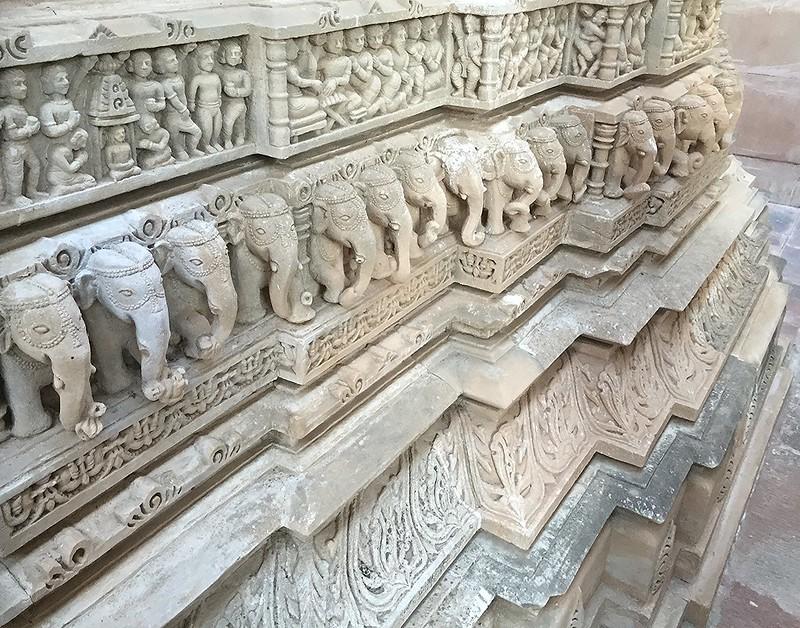
Removed from Unnamed collection
Osian 
Osian is an ancient town located in the middle of the Thar Desert. Often known as the "Khajuraho of Rajasthan", Ossian is famous as the home to a cluster of ruined Brahmanical and Jain temples dating from the 8th to 11th centuries. One can enjoy the view of 18 shrines, out of which Surya or Sun Temple, the later Kali temple, Sachiya Mata Temple and the main Jain temple dedicated to Mahavira stand for their grace and architecture. https://www.tourmyindia.com/states/rajasthan/ossian-jodhpur.html
Map

Removed from Unnamed collection
Boudhanath Stupa 
Take an early morning or evening stroll around the inspiring white dome buzzing with energy; observe the devout passersby, light a butter lamp and send a prayer where you wish, look around for souvenirs, or observe all from a nearby rooftop restaurant, coffee in hand.
Situated 8 km to the east of downtown Kathmandu, Boudhanath, is one of the most imposing landmarks in Kathmandu, visible as soon as you land at the Tribhuvan International Airport. It is the largest stupa in the Kathmandu Valley.
The 36-meter-high stupa of Boudha is massive and dominates the skyline in the area. With countless monasteries around it, Boudha is the center of Tibetan Buddhism in Nepal.
Built in the shape of a mandala designed to replicate the Gyangtse of Tibet, the stupa was renovated by Licchhavi rulers in the 8th century. The location of the stupa is interesting as it once lay on the ancient trade route to Tibet and it was here that Tibetan merchants rested and offered prayers for many centuries. It is one of the major pilgrimage sites for Buddhists from around the world. https://www.welcomenepal.com/places-to-see/Boudhanath.html
Map

Removed from Unnamed collection
Kathmandu Durbar Square 
Kathmandu Durbar Square - the uppermost and best-known attraction in Kathmandu lies in old town of Kathmandu, in front of the former royal palace. It is one of the three Durbar Squares in Kathmandu Valley listed as UNESCO World Heritage Sites. As a cluster of classic architectures and over 50 temples, palaces and courtyards which date back to the 12th to 18th centuries, the square maintains its original building style and glamour. https://www.tibetdiscovery.com/what-to-see/kathmandu-durbar-square/
Map
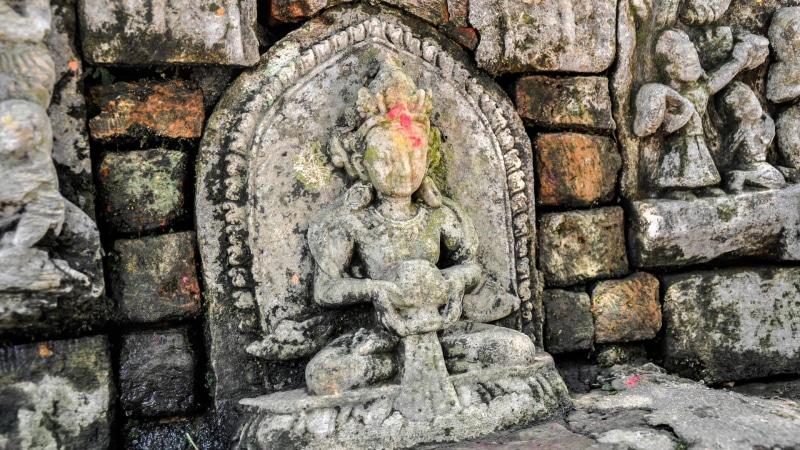
Removed from Unnamed collection
Doleshwar Mahadev Temple 
Doleshwar Mahadev Temple, which lies in Bhaktapur district of Nepal, is 20 km from the capital city of Kathmandu. It is an approximately of 30 minutes drive from Kathmandu to Doleshwar. For all the Shiva devotees, it is believed that the trip to Kedarnath is incomplete without visiting Doleshwar Mahadeva and Pashupatinath. The visit to all these three holy places is believed to wash off all the sins of one’s lifetime and an opportunity of receiving holy blessings from Lord Shiva. https://www.welcomenepal.com/places-to-see/doleshwar-mahadev.html
Map

Removed from Unnamed collection
Kapan Monastery 
One of the most popular monasteries of Tibetan Buddhism is the Kapan Monastery which is perched on a hill not far north of Boudha. Each year a large number of foreigners arrive here to study Buddhism and meditation. Kapan Monastery was founded by Lama Thubten Yeshe who died in 1984. Interestingly, a small Spanish boy named Osel Torres became his successor after he was declared a reincarnation of the great Lama. However, the reincarnation does not reside at Kapan anymore. https://www.welcomenepal.com/places-to-see/kapan-monastery.html
Map
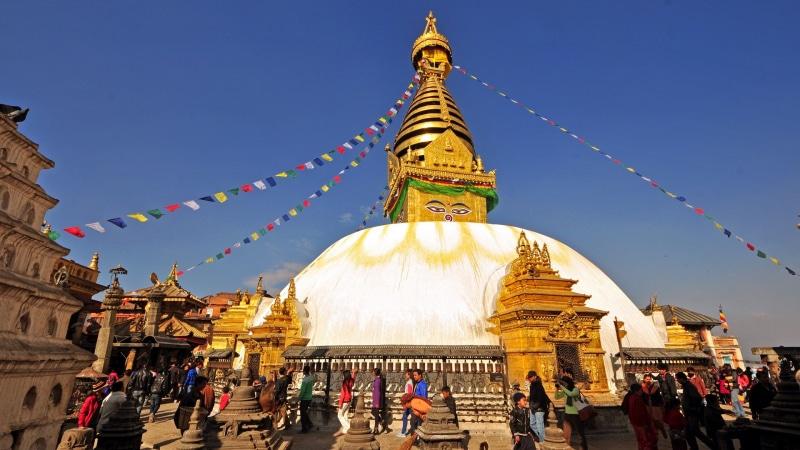
Removed from Unnamed collection
Swayambhunath Stupa 
Find peace and prayers on the little hillock of Swaymbhunath in the northwest of the Kathmandu Valley. Also known as the "Monkey Temple" among visitors from abroad, Swayambhunath sits atop its hill, overlooking most parts of the valley. This is a good place to catch panoramic views of the city. The site itself has stood as a hallmark of faith and harmony for centuries. The glory of Kathmandu Valley is said to have started from this point. https://www.welcomenepal.com/places-to-see/Swayambhunath%20.html
Map
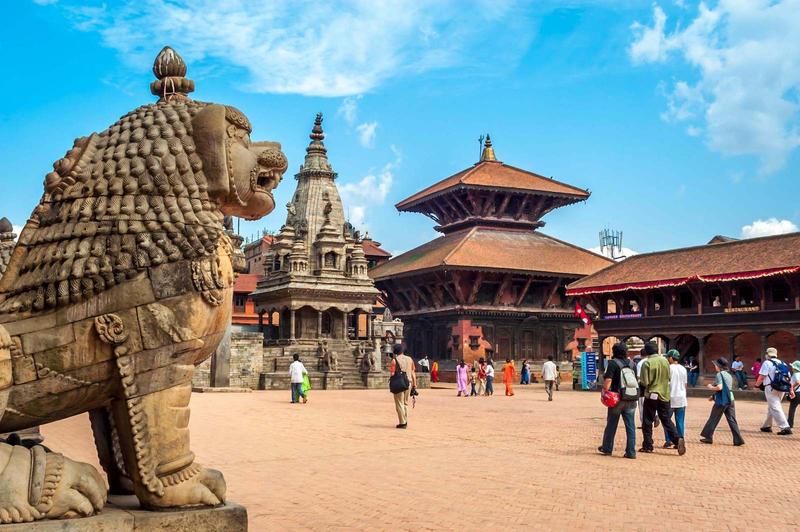
Removed from Unnamed collection
Kathmandu 
Kathmandu is the capital city of Nepal. It boasts with ancient temples and monuments. Kathmandu has become city of temples and home of god and goddess. The tales of god and demon carved into the stones and woods. Kathmandu has history dating back to 600BC. Kathmandu has been fusion of Hindu and Tibetan culture through out the history, this can be seen in the carved walls of temples and monuments. The city is famous for its art and architecture developed in the periods of different dynasties which dates back to the centuries.Newars are the indigenous people of Kathmandu valley, there is a huge settlement of Newars still living in the areas of Kathmandu, Patan and Bhaktapur districts. We can still find traditional art and lifestyle of Newar people in these areas. Now Kathmandu is home to multi ethnicity and culture. Apart from the strong cultural background youngsters of Kathmandu are still up to date with trends and technology.
Map

Removed from Unnamed collection
Angkor Wat 
There are few places anywhere on earth to match the splendour of Angkor Wat. The temple is one of the largest monuments to religion ever built and is truly one the wonders of the world. Believed to have been constructed as a temple and mausoleum for King Suryavarman II at the peak of the Khmer empire in the first half of the 12th century, Angkor Wat is probably the best-preserved of the Angkorean temples. As with other Angkorean temples and walled cities such as Angkor Thom, the central theme of Khmer architecture revolved around the idea of the temple-mountain. https://www.tourismcambodia.com/travelguides/provinces/siem-reap/what-to-see/294_angkor-wat.htm
Map

Removed from Unnamed collection
Angkor Thom 
Angkor Thom is undeniably an expression of the highest genius. It is, in three dimensions and on a scale worthy of an entire nation, the materialization of Buddhist cosmology, representing ideas that only great painters would dare to portray.
Angkor Thom, the last capital of the Khmer Empire, was a fortified cit enclosing residences of priest, officials of the palace and military, as well as buildings for administering the kingdom. These structures were built of wood and have perished but the remaining stone monuments testify that Angkor Thom was indeed a "Great City" as its name implies. Temples inside the walls of the city described are Bayon, Phimeanakas, Baphuon, Terrace of the Elephants, Terrace of the Leper King, Prah Palilay, Tep Pranam and Prasat Suor Prat.
Symbolically, Angkor Thom is a microcosm of the universe, divided into four parts by the main axes. The temple of the Bayon is situated at the exact center of the axes and stands as the symbolical link between heaven and earth. The wall enclosing the city of Angkor Thom represents the stonewall around the universe and the mountain ranges around Meru. The surrounding moat (now dry) symbolizes the cosmic ocean. https://www.tourismcambodia.com/attractions/angkor/angkor-thom.htm
Map
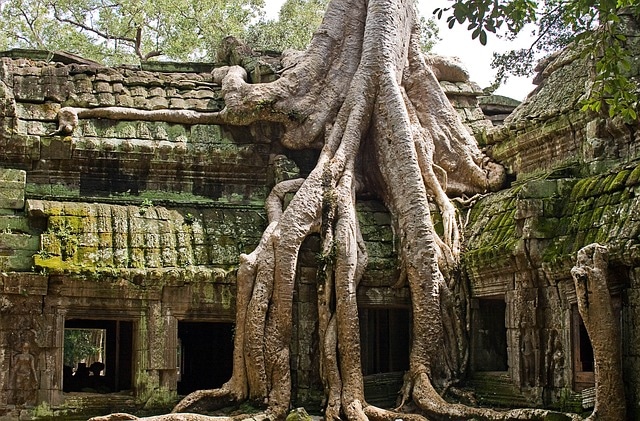
Removed from Unnamed collection
Ta Prohm Temple 
Shrouded in dense jungle the temple of Ta Prohm is ethereal in aspect and conjures up a romantic aura. Fig, banyan and kapok trees spread their gigantic roots over stones, probing walls and terraces apart, as their branches and leaves intertwine to form a roof over the structures. Trunks of trees twist amongst stone pillars. The strange, haunted charm of the place entwines itself about you as you go, as inescapably as the roots have wound themselves about the walls and towers', wrote a visitor 40 years ago.
Ta Prohm is among the largest of the monuments in the Angkor complex, the inscription gives an idea of the size of the temple. The complex included 260 statues of gods, 39 towers with pinnacles and 566 groups of residences. Ta Prohm comprises a series of long low buildings standing on one level, which are enclosed by rectangular laterite wall (600 by 1,000 meters, 1,959 by 3,281 feet). Only traces of the wall are still visible. The center of the monument is reached by a series of towers connected with passages. This arrangement forms a ' sort of sacred way into the heart of the monument’; three-square galleries enclose the area. https://www.tourismcambodia.com/attractions/angkor/ta-prohm.htm
Map

Removed from Unnamed collection
Banteay Srei 
The tenth century temple of Banteay Srei is renowned for its intricate decoration carved in pinkish sandstone that covers the walls like tapestry.
Banteay Srei is an exquisite miniature; a fairy palace in the heart of an immense and mysterious forest; the very thing that Grimm delighted to imagine, and that every child's heart has yearned after, but which mature years has sadly proved too lovely to be true. And here it is, in the Cambodian forest at Banteay Srei, carved not out of the stuff that dreams are made of, but of solid sandstone. https://www.tourismcambodia.com/attractions/angkor/banteay-srei.htm
Map
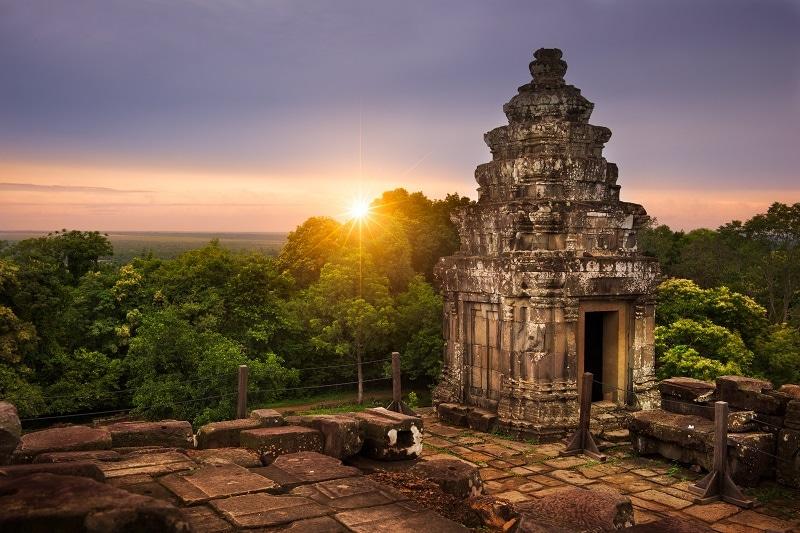
Removed from Unnamed collection
Phnom Bakheng Hill 
It is a testimony to the love of symmetry and balance which evolved its style....in pure simplicity of rectangles its beauty is achieved. It is a pyramid mounting in terraces, five of them ...Below Bak-Keng lays all the world of mystery, the world of the Khmer, more mysterious ever under its cover of impenetrable verdure.
Phnom Bakheng is located 1,30 meters (4,265 feet) north of Angkor Wat and 400 meters (1,312 feet) south of Angkor Thom.
Enter and leave Phnom Bakheng by climbing a long steep path with some steps on the east side of the monument (height 67 meters, 220 feet) In the 1960 this summit was approached by elephant and, according to a French visitor, the ascent was "a promenade classic and very agreeable.
Arrive at the summit just before sunset for a panoramic view of Angkor and its environs. The golden hues of the setting sun on this vista are a memorable sight. https://www.tourismcambodia.com/attractions/angkor/bakheng-mountain.htm
Map
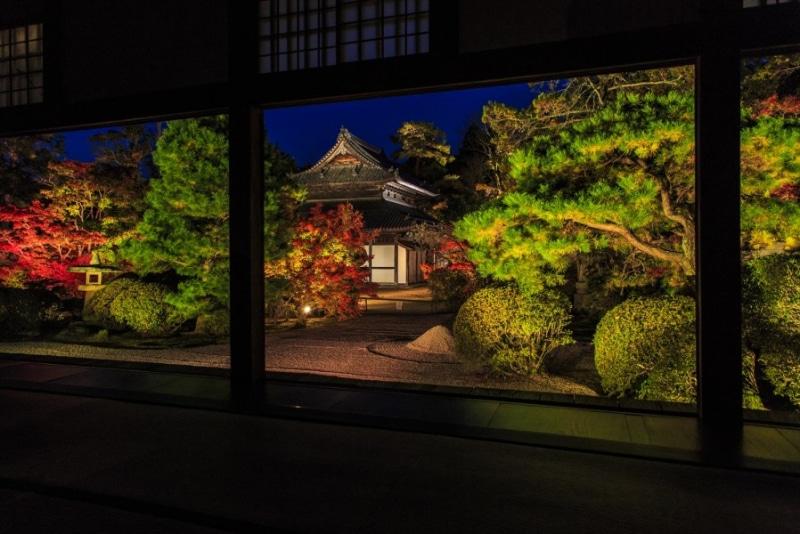
Removed from Unnamed collection
Iyama Hofuku-ji Temple 
Iyama Hofuku-ji Temple was built in 1232 as a Zen temple. The temple is famous as the childhood training grounds for the painter Sesshu—the most prominent Japanese master of ink wash painting, which employs shading from a single-color inkstick. A popular attraction at the temple is the Buddhist practice of zazen, where worshippers sit in meditation for spiritual unity. Visitors can join early morning zazen sessions on the second Sunday of every month with no reservations required, and tea and sweets provided after the meditation offer a chance to experience the hospitality of Japanese culture. The temple’s fresh green of spring and vibrant foliage in autumn also make for beautiful sights. https://www.okayama-japan.jp/en/spot/933
Map

Removed from Unnamed collection
Borobudur Temple 
The Sailendra dynasty built this Largest Buddhist monument in the world between AD 780 and 840. It was built as a place for glorifying Buddha and a pilgrimage spot to guide mankind from worldly desires into enlightenment and wisdom according to Buddha. http://borobudurpark.com/en/temple/borobudur-2/
Map
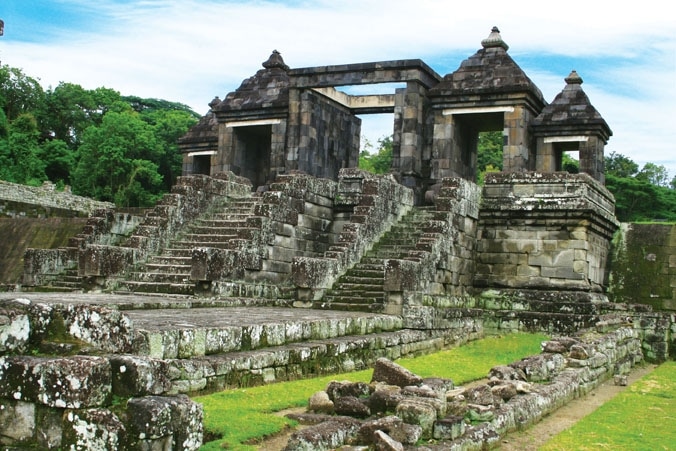
Removed from Unnamed collection
Ratu Boko Temple 
Settled on a hillside plateau, overlooking Prambanan temple complex and with a view to Mount Merapi behind Prambanan Temple complex, lie the remains of a once grand palace. The palace (kraton) is named Ratu Boko after a King Boko of local folklore, but the real owner of the palace is more likely to have been a king of a local dynasty. http://indonesia-tourism.com/blog/ratu-boko-temple-yogyakarta/
Map
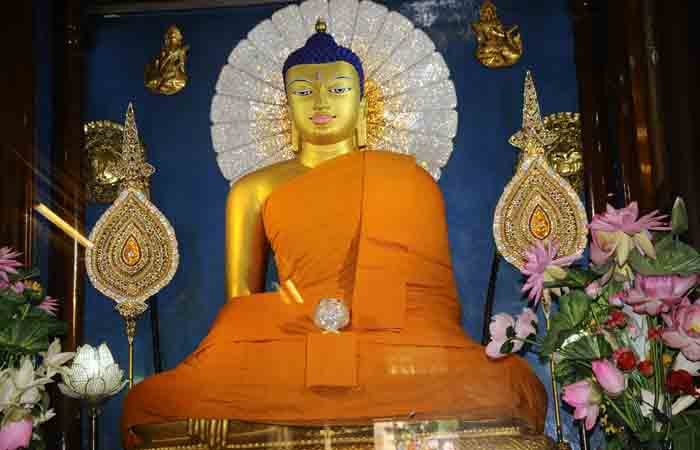
Removed from Unnamed collection
Mahabodhi Temple 
The Mahabodhi Mahavihara or more popularly known as the Bodhgaya Temple or the Great Stupa, is one of the shrines out of the 84000 shrines erected by King Asoka the Great in the 3rd century B.C. The Mahabodhi Mahavihara is the sole surviving example of what was once an architectural genre. http://bodhgayatemple.com/index.php?pg=history
Map
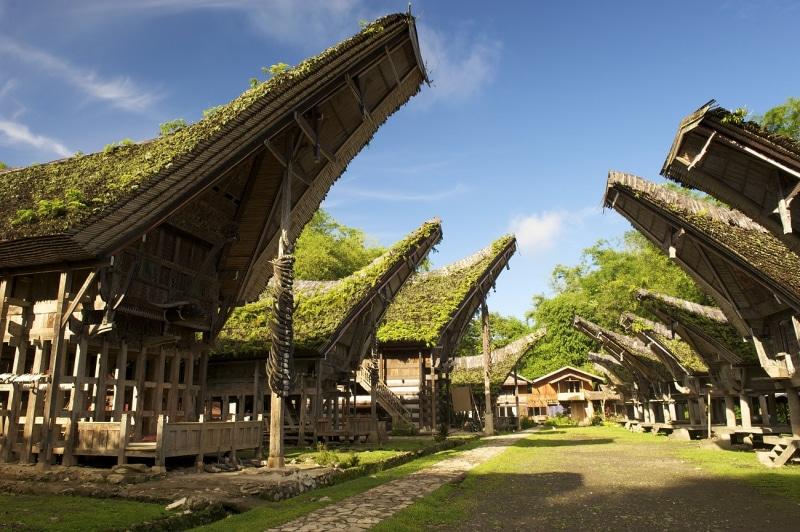
Removed from Unnamed collection
Tana Toraja 
Tana Toraja is safely protected beyond the lofty mountains and rugged granite cliffs of the central highlands of the island of Sulawesi and the home of the Toraja people. 'Discovered' and opened to the world from their long isolation only since the beginning of the last century, the Toraja today still adhere to their age-old beliefs, rituals and traditions. The nobility of Toraja are believed to be descendants of heavenly beings who came down by a heavenly stairway to live here on earth in this beautiful landscape. To keep up the energy of the land and its people, the Toraja people believe that these must be sustained through rituals that celebrate both life and death, which are attached to the agricultural seasons. Tourists to Toraja, therefore, are either attracted by its unique culture and rituals, most of which are mostly centered around graves and death ceremonies. While others prefer to avoid the morbid images and go trekking through the spectacular, almost untouched Toraja countryside visiting remote villages, or exhilarate in rafting the Sa'dan river rapids. https://www.indonesia.travel/au/en/destinations/sulawesi/tana-toraja
Map
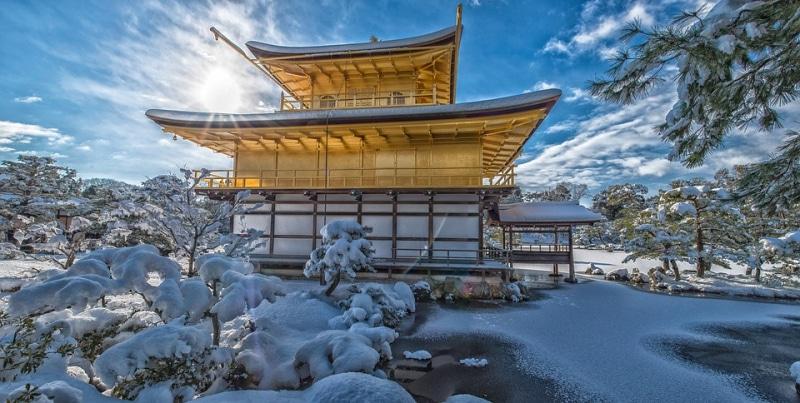
Removed from Unnamed collection
Kinkakuji Temple 
The image of the temple richly adorned in gold leaf reflects beautifully in the water of Kyokochi, the mirror pond.
It is perhaps the most widely-recognized image of Kyoto. Seen reflected in the adjoining "mirror pond" with its small islands of rock and pine, Kinkaku-ji Temple, "The Temple of the Golden Pavilion," is a breathtaking must-see.
The building's first purpose was to serve the retiring Shogun Ashikaga Yoshimitsu (1358-1409) as a residence. The gold-leaf-adorned building was converted into a Zen temple shortly after his death. In an event that was later fictionalized by the renowned author Yukio Mishima, a 21-year-old monk burned Kinkakuji down in 1950. The temple was rebuilt in 1955 and continues to function as a storehouse of sacred relics.
The temple's garden is also a scenic delight and contains in its grounds a charming teahouse. https://kyoto.travel/en/shrine_temple/165
Map





